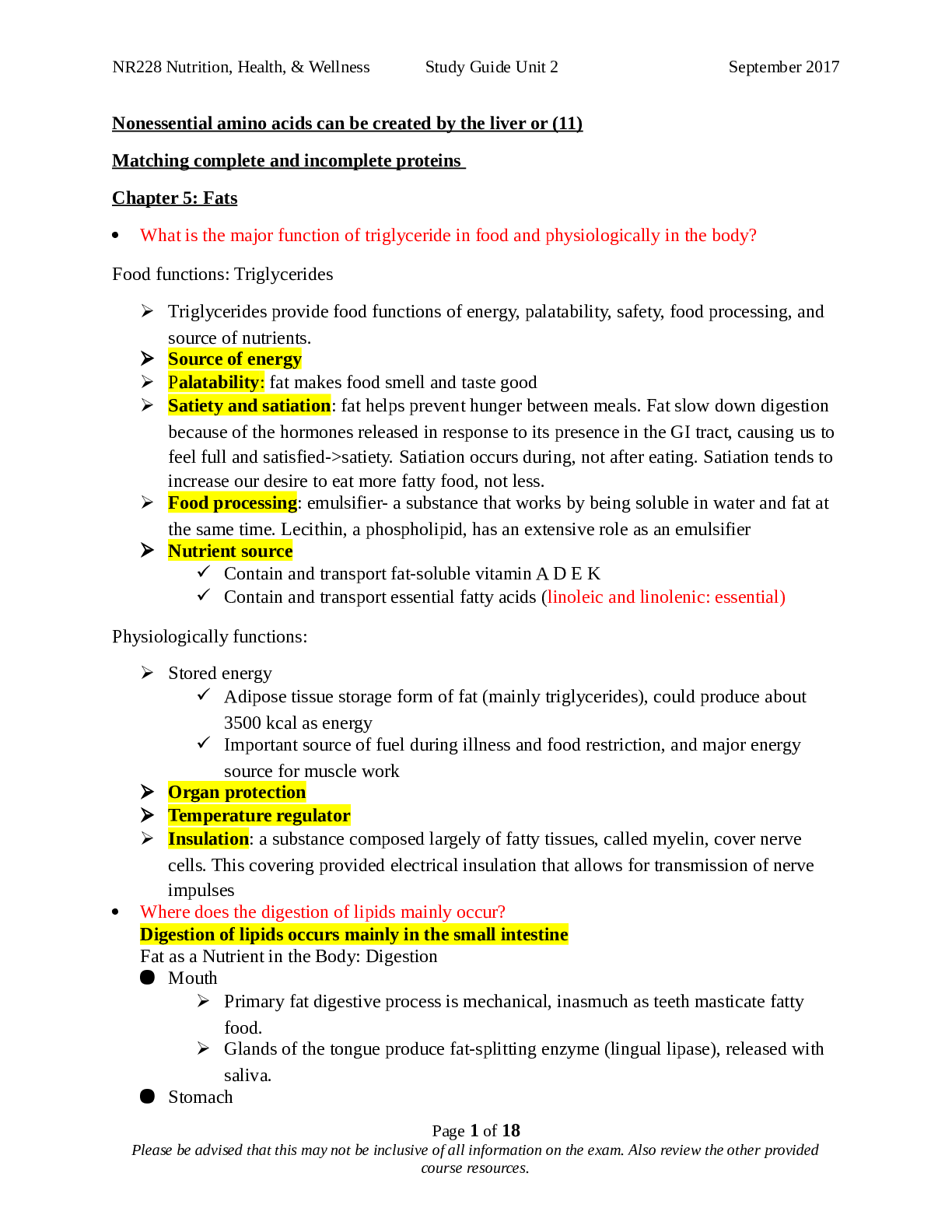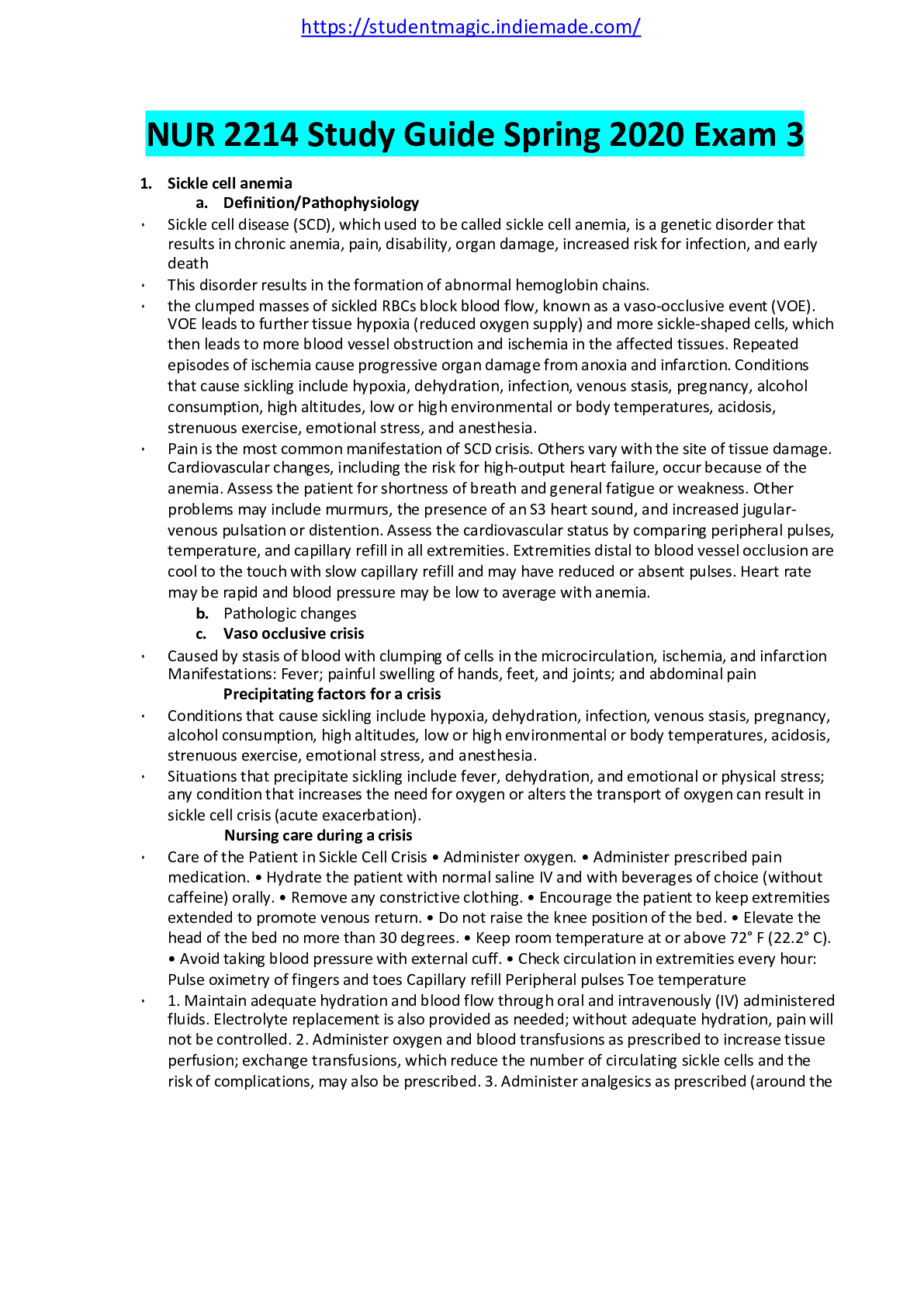*NURSING > STUDY GUIDE > TNCC Study Guide-converted. & updated 2022-2023 (All)
TNCC Study Guide-converted. & updated 2022-2023
Document Content and Description Below
Initial Assessment ● Preparation and Triage ○ Use universal precautions and don PPE ○ Consider any possible patient exposure to hazardous material that puts the trauma team at risk ... ○ Safe practice, safe care ○ Ensure resuscitation equipment is readily available ● Across the room observation to identify any uncontrolled external hemorrhage ○ Need to reprioritize to Circulation and Control of Hemorrhage ○ Uncontrolled hemorrhage is the major cause of preventable death in trauma patients ● Primary Survey - Inspect, Auscultate, Palpate ○ A: Airway and alertness with cervical spine stabilization ■ AVPU (Alert/verbal stimuli/painful stimuli/unresponsive) ■ Jaw-thrust maneuver to open the airway and assess for obstruction ● Tongue obstruction ● Loose teeth, foreign objects ● Blood, vomitus, secretions ● Edema ■ Listen for obstructive airway sounds (snoring, gurgling, stridor) ■ Feel for subcutaneous emphysema or deformities ■ Definitive Airway devices = ET tube ● Assess for proper placement (ETCO2, bilat breath sounds, absence of gurgling over the epigastrium) ■ Suction the airway if needed, then reassess ○ B: Breathing and ventilation ■ Are they breathing? How well are they breathing? How long can they keep it up? ■ Spontaneous breathing? Symmetrical rise and fall? ■ Depth, pattern, and rate ■ Skin color ■ Breath sounds ■ Palpate bony structures for possible rib fractures, subcutaneous emphysema, soft tissue injury ■ Open the airway if needed ● Use oral airway adjunct, assist ventilations, then prepare for definitive airway ○ C: Circulation and Control of Hemorrhage ■ Any signs of uncontrolled external bleeding? ● Apply direct pressure or use a tourniquet ■ Skin color, temp, and moisture? ■ Listen to heart and lung sounds ■ Palpate central pulses for rate, rhythm, and strength ■ 2 large-bore IVs ● IO if needed ■ Initiate Warmed isotonic crystalloid solution infusion at a controlled rate ● Consider balanced resuscitation needs ● Rapid infusion protocols ■ Component Therapy = replacing patient loss by administering RBCs, plasma, and platelets = balanced approach ● Suggested for fluid resuscitation instead of standard approach (large volumes of IV fluids) ○ D: Disability (Neuro status) ■ GCS (not accurate if patient is intubated) and trends ● Eye Opening • 4 spontaneous • 3 to speech ................................................................................continued........................................................................ [Show More]
Last updated: 1 year ago
Preview 1 out of 25 pages

Reviews( 0 )
Document information
Connected school, study & course
About the document
Uploaded On
Nov 28, 2022
Number of pages
25
Written in
Additional information
This document has been written for:
Uploaded
Nov 28, 2022
Downloads
0
Views
93


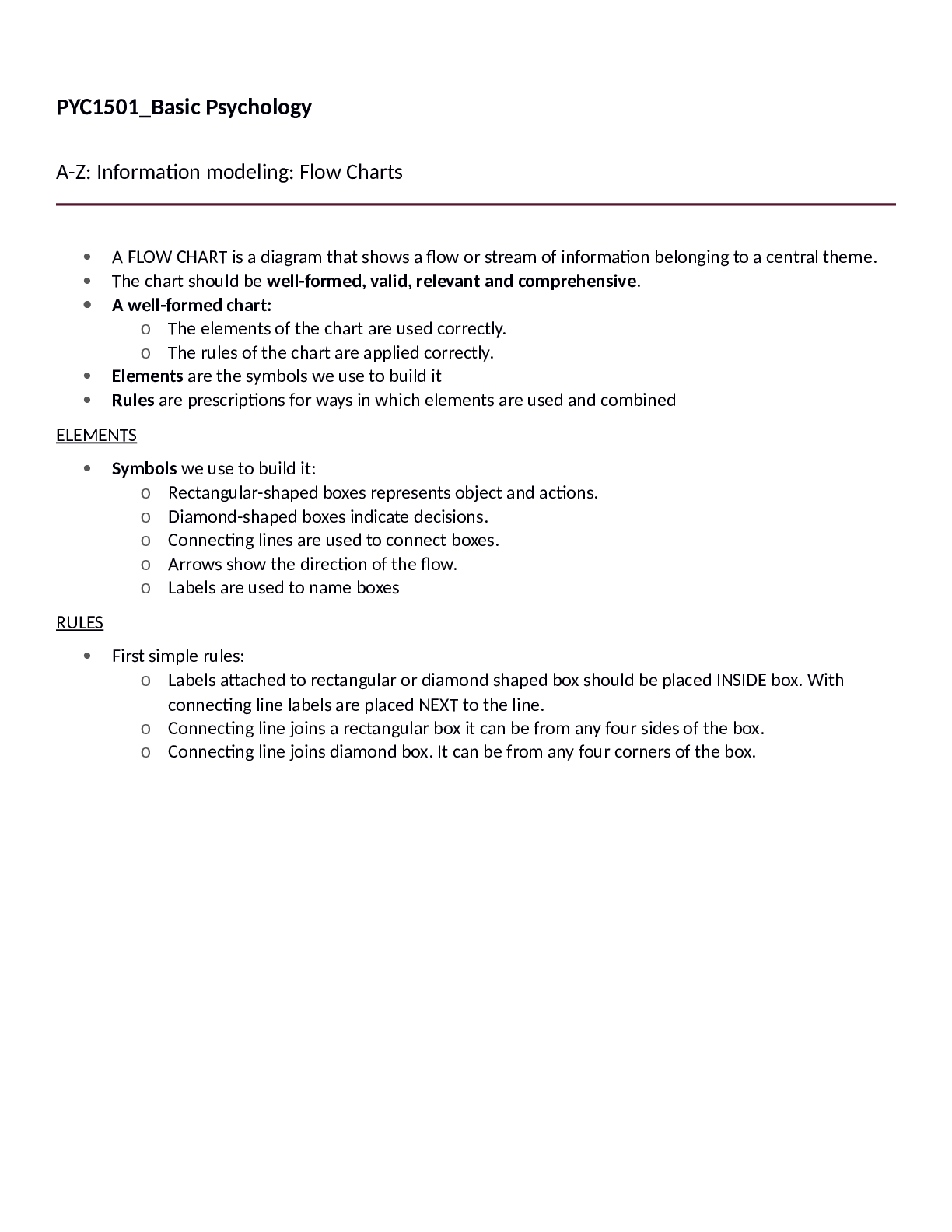
.png)
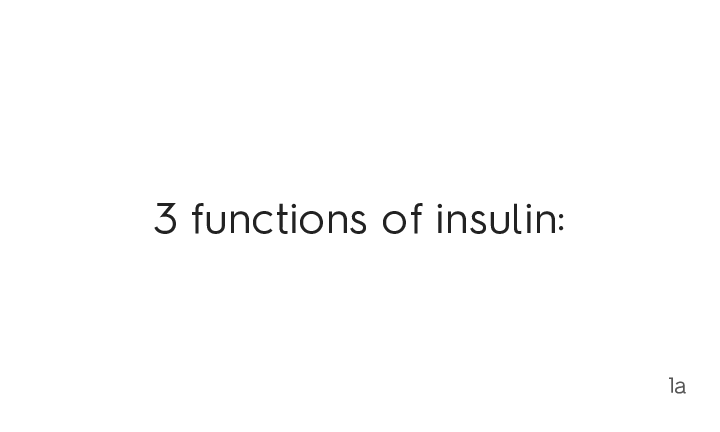


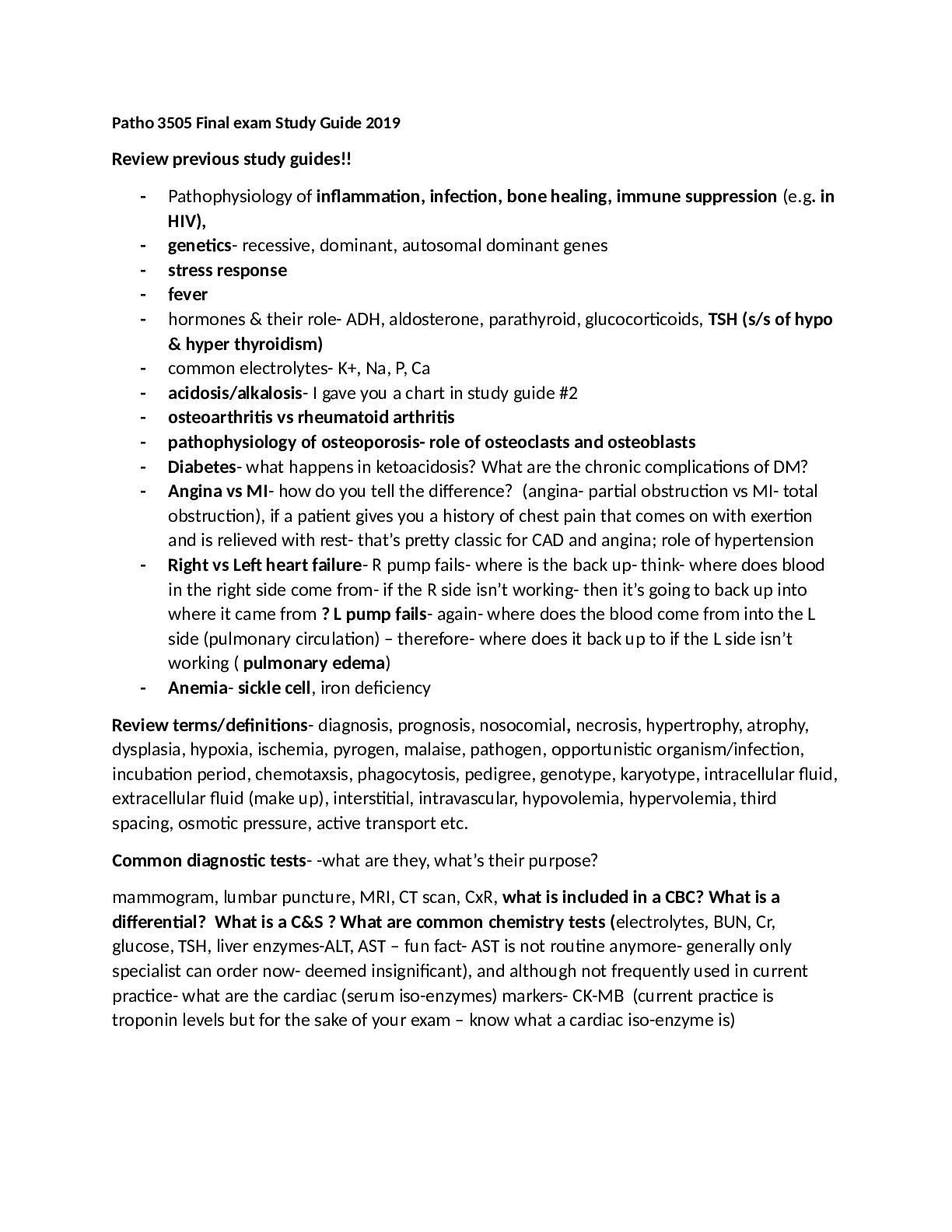
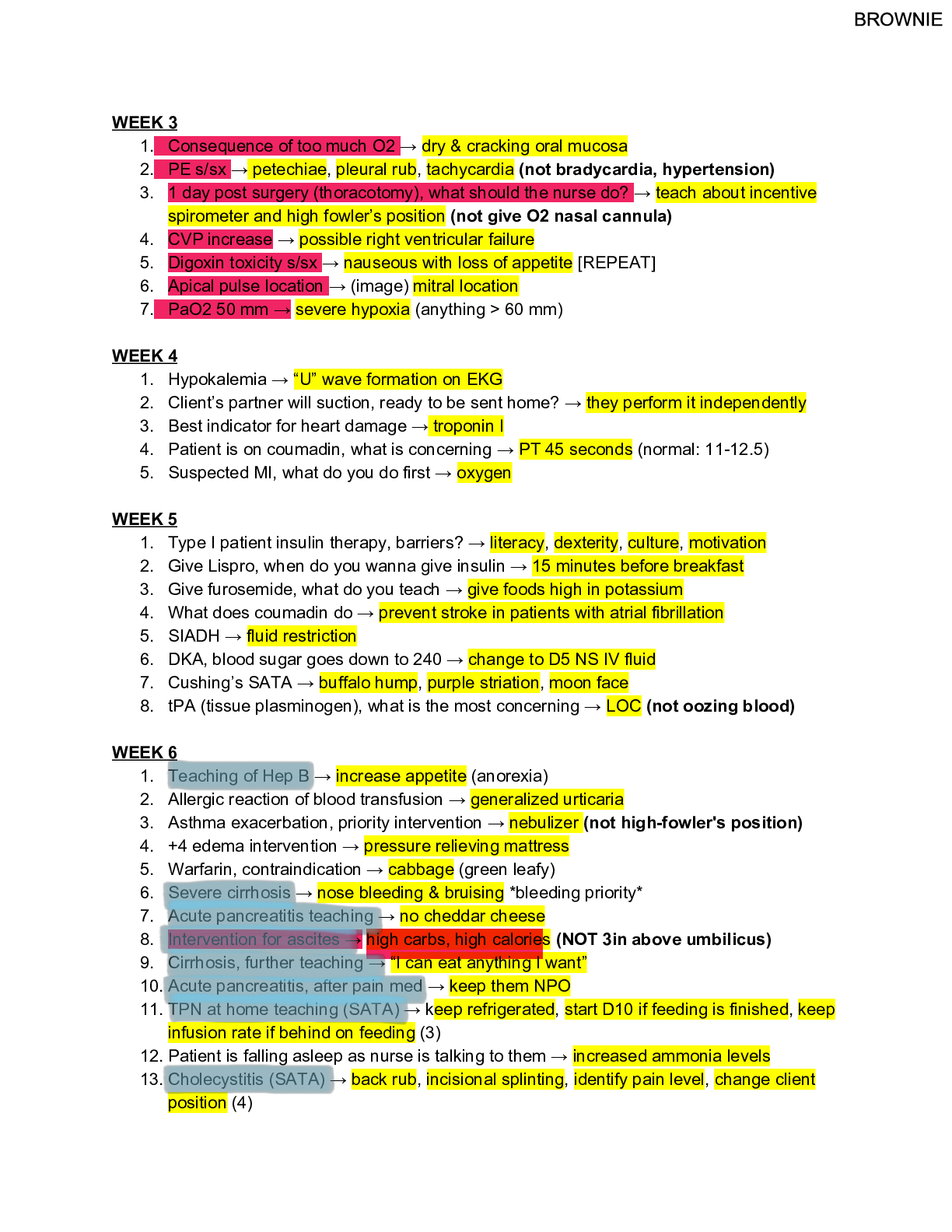
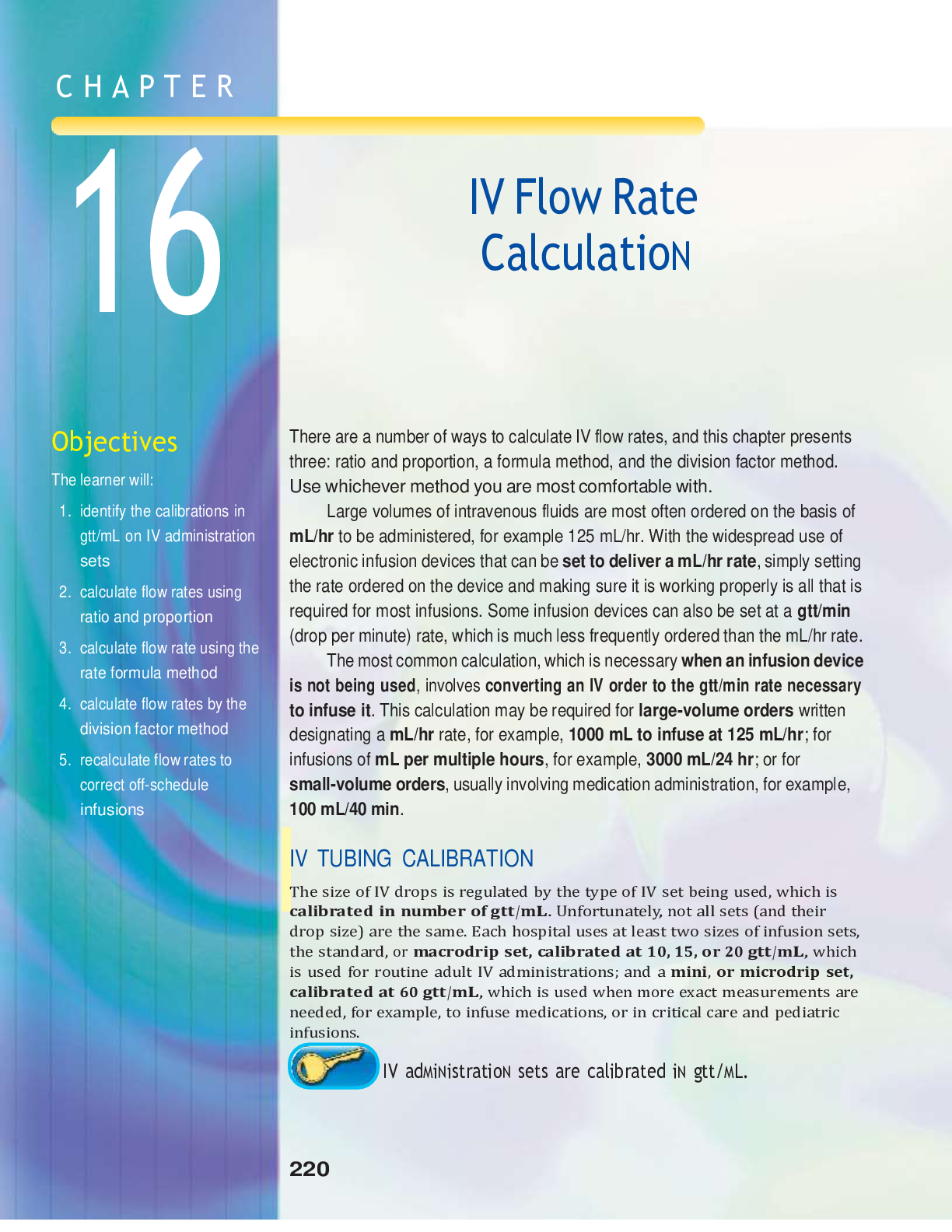
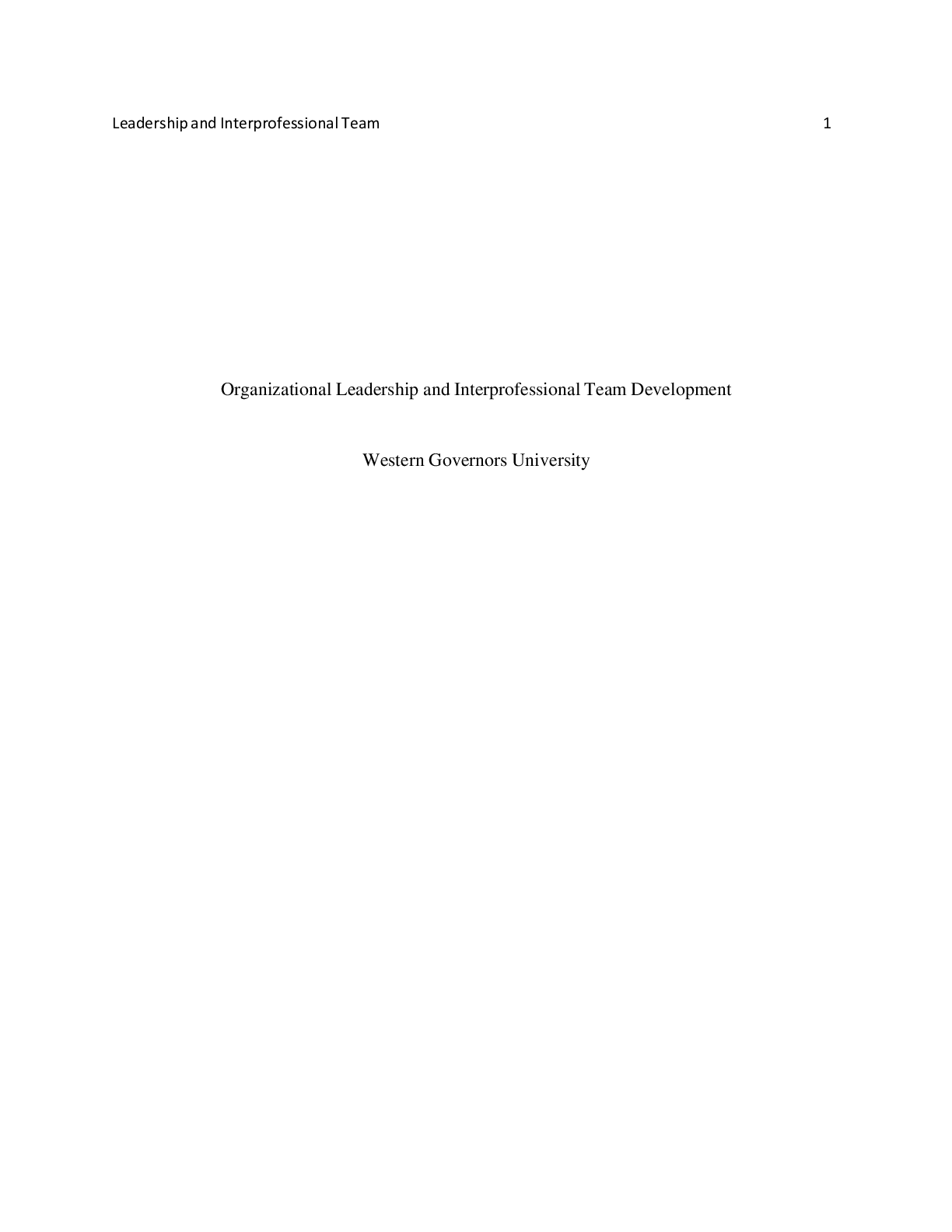


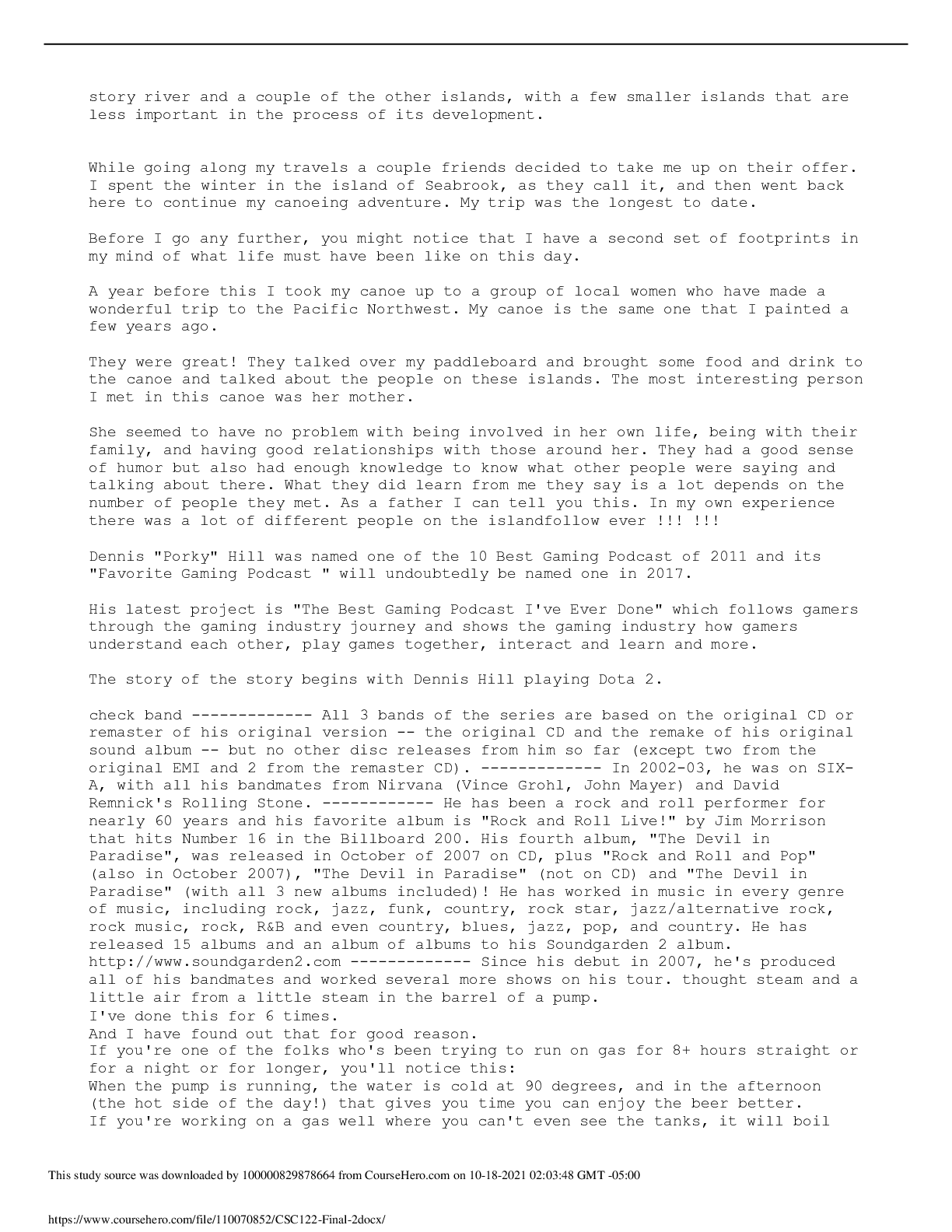
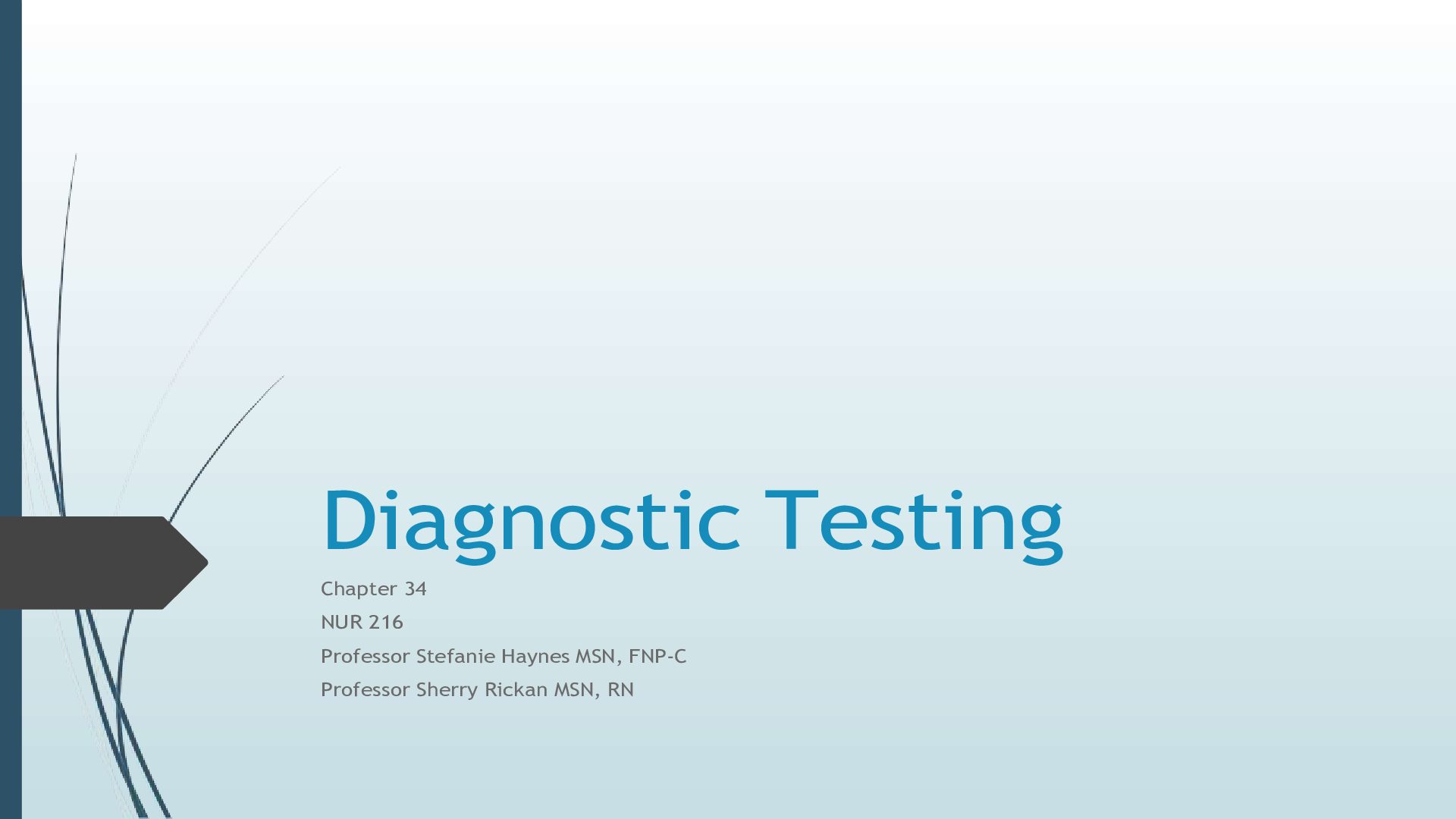
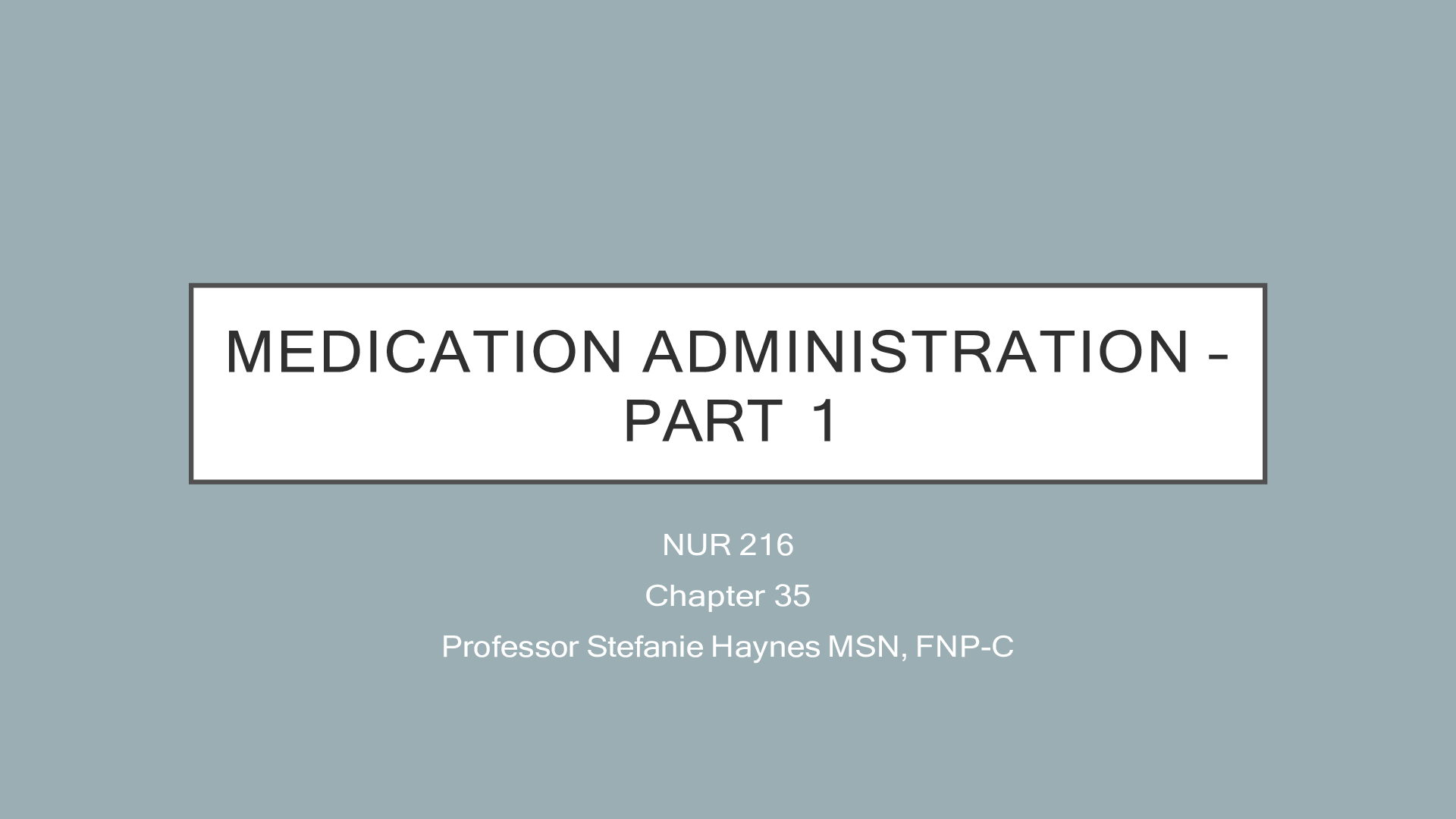








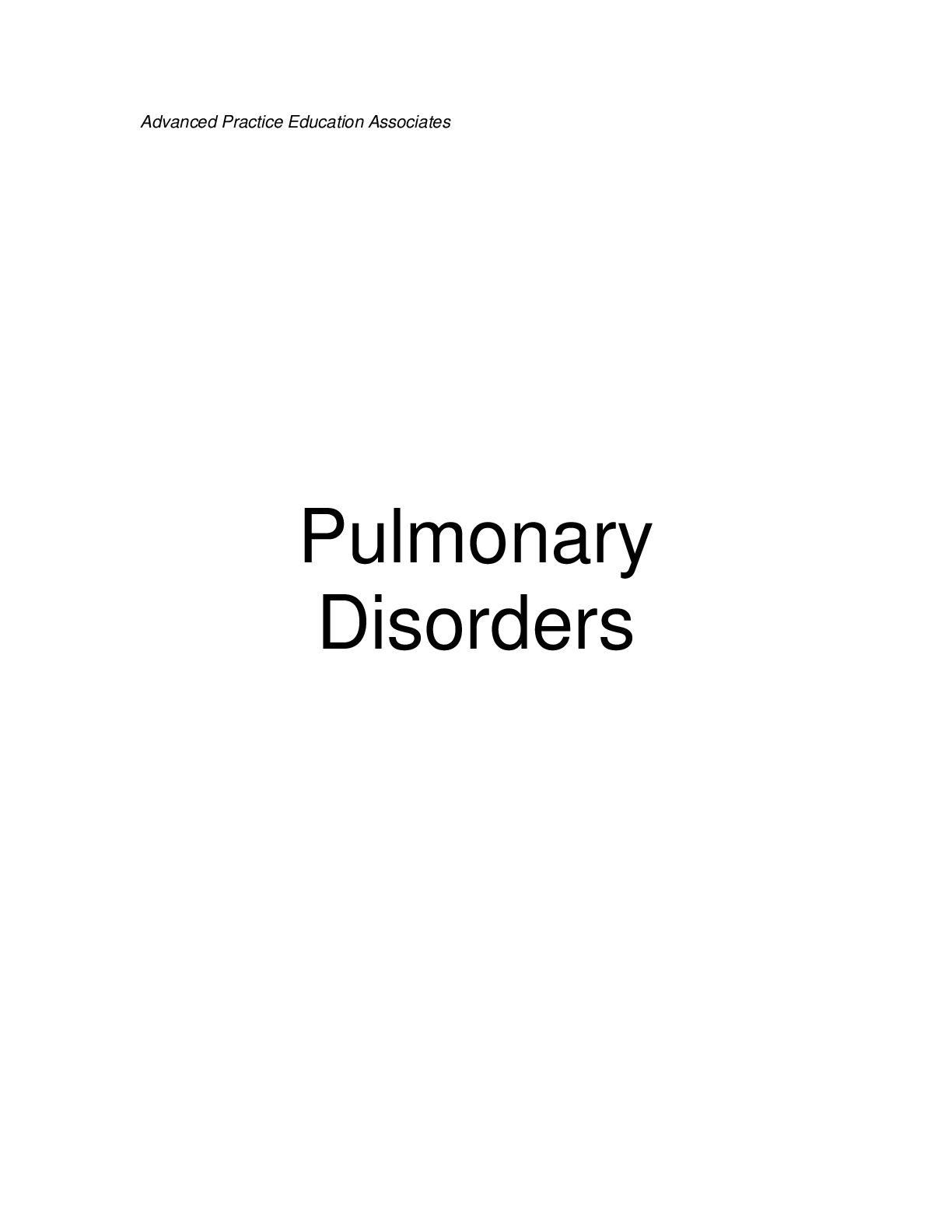
.png)





